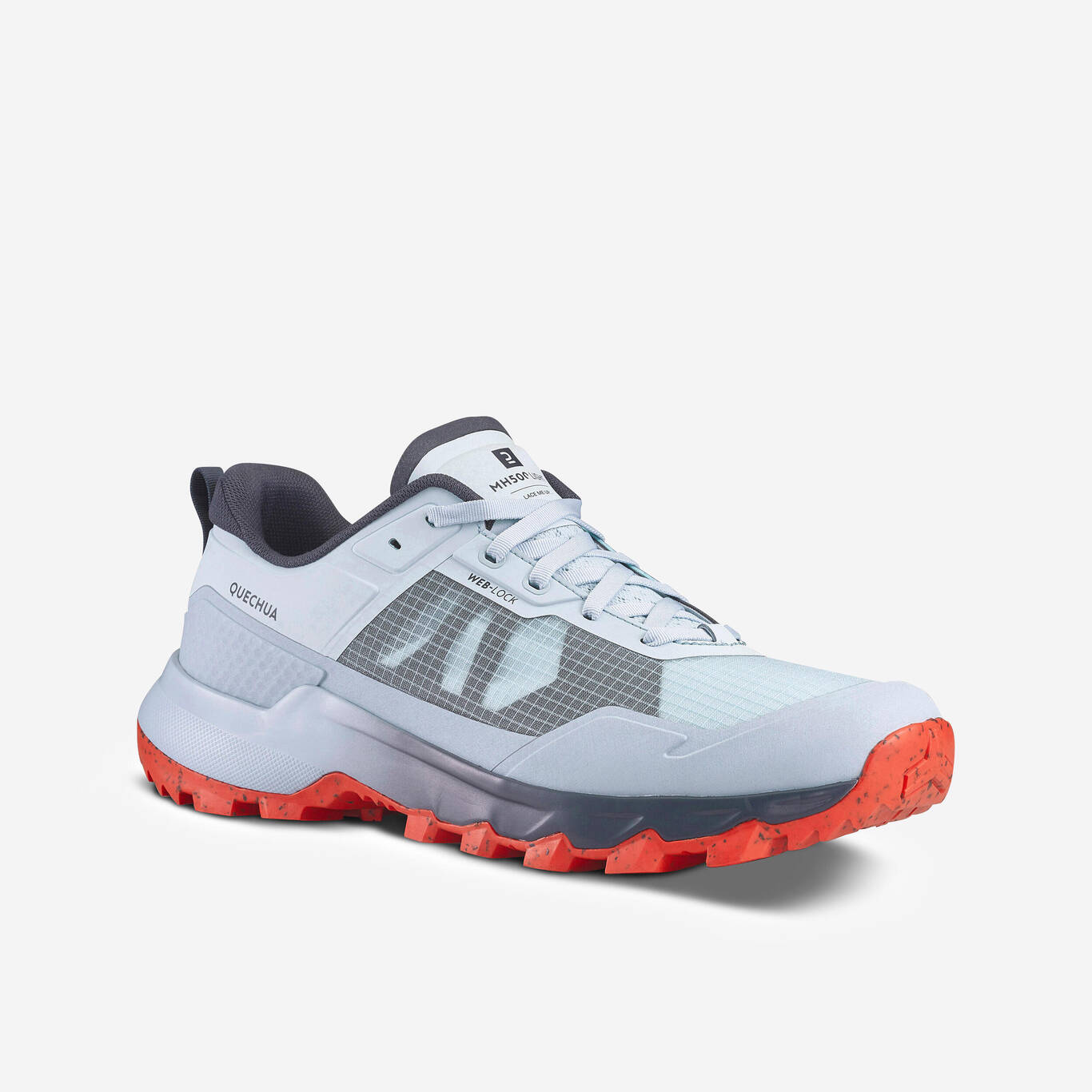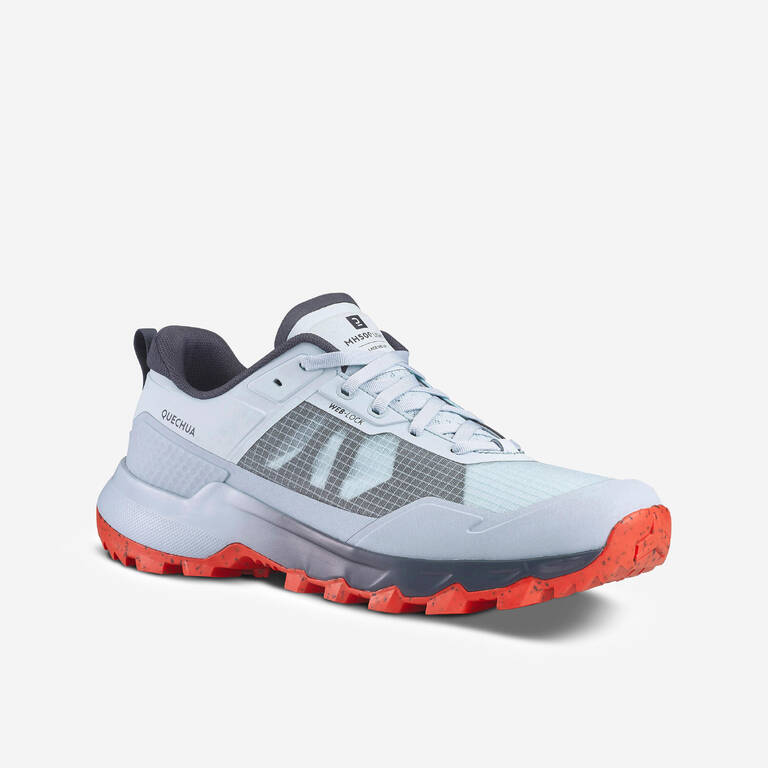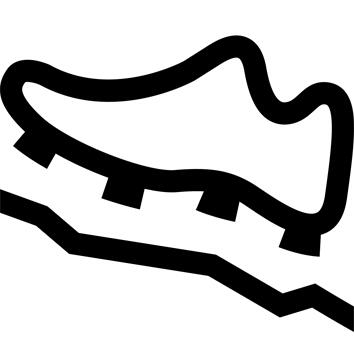

Stores
Contact us
You only need one connection
to enjoy all your favorite services
Rather easy, would you say?



















Cannot ship to ()


This product is currently unavailable for your region
Please select a size...





Lekkie i wygodne buty z dobrym bieżnikiem. Super na wiosnę / lato w góry.
Dobra podeszwa , zapewnia przyczepność, oddychające.
Ben bu ürünü mağazada inceledim Fiyatına göre mükemmel bir ayakkabı ancak 48 numara olmadığı için alamadım Lütfen 48 numara da üretin Farklı renk ile beraber 2 çift almaya hazırım
Tres bonne chaussures pour tous les jours
Ho trovato questa scarpa veramente comoda, con buon ammortizzazione al tallone e reattiva al rilascio.
Bardzo wygodne, lekkie buty, idealne do pieszych wędrówek
Jako dobre i kvalitetne tenisice, iznimno udobne, rubovi tenisice jako dobro napravljeni i čini mi se od čvrstog materijala, neće puknuti lako
Poštovani,
Hvala na objavljenoj recenziji, drago nam je da uživate u korištenju naših proizvoda. Slobodno istražite i ostalu ponudu na www.decathlon.hr.
Sportski pozdrav!
Vaš Decathlon
Sara
Leve, confortável.
Very happy with the return policy. Exchanged for this pair of shoes that are lightweight for occasional walking.
Bon rapport qualité prix





Lekkie i wygodne buty z dobrym bieżnikiem. Super na wiosnę / lato w góry.
Dobra podeszwa , zapewnia przyczepność, oddychające.
Ben bu ürünü mağazada inceledim Fiyatına göre mükemmel bir ayakkabı ancak 48 numara olmadığı için alamadım Lütfen 48 numara da üretin Farklı renk ile beraber 2 çift almaya hazırım
Tres bonne chaussures pour tous les jours
Ho trovato questa scarpa veramente comoda, con buon ammortizzazione al tallone e reattiva al rilascio.
Bardzo wygodne, lekkie buty, idealne do pieszych wędrówek
Jako dobre i kvalitetne tenisice, iznimno udobne, rubovi tenisice jako dobro napravljeni i čini mi se od čvrstog materijala, neće puknuti lako
Poštovani,
Hvala na objavljenoj recenziji, drago nam je da uživate u korištenju naših proizvoda. Slobodno istražite i ostalu ponudu na www.decathlon.hr.
Sportski pozdrav!
Vaš Decathlon
Sara
Leve, confortável.
Very happy with the return policy. Exchanged for this pair of shoes that are lightweight for occasional walking.
Bon rapport qualité prix

